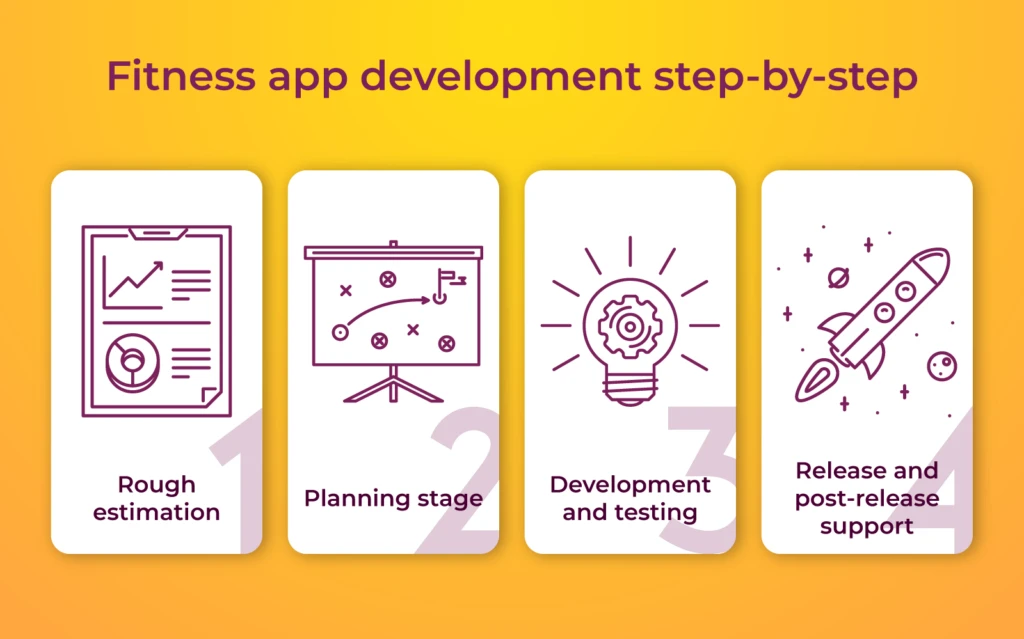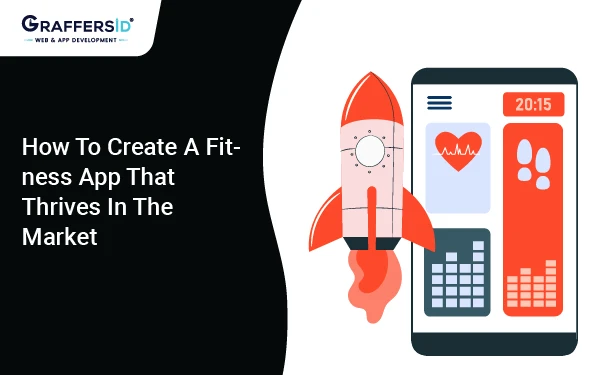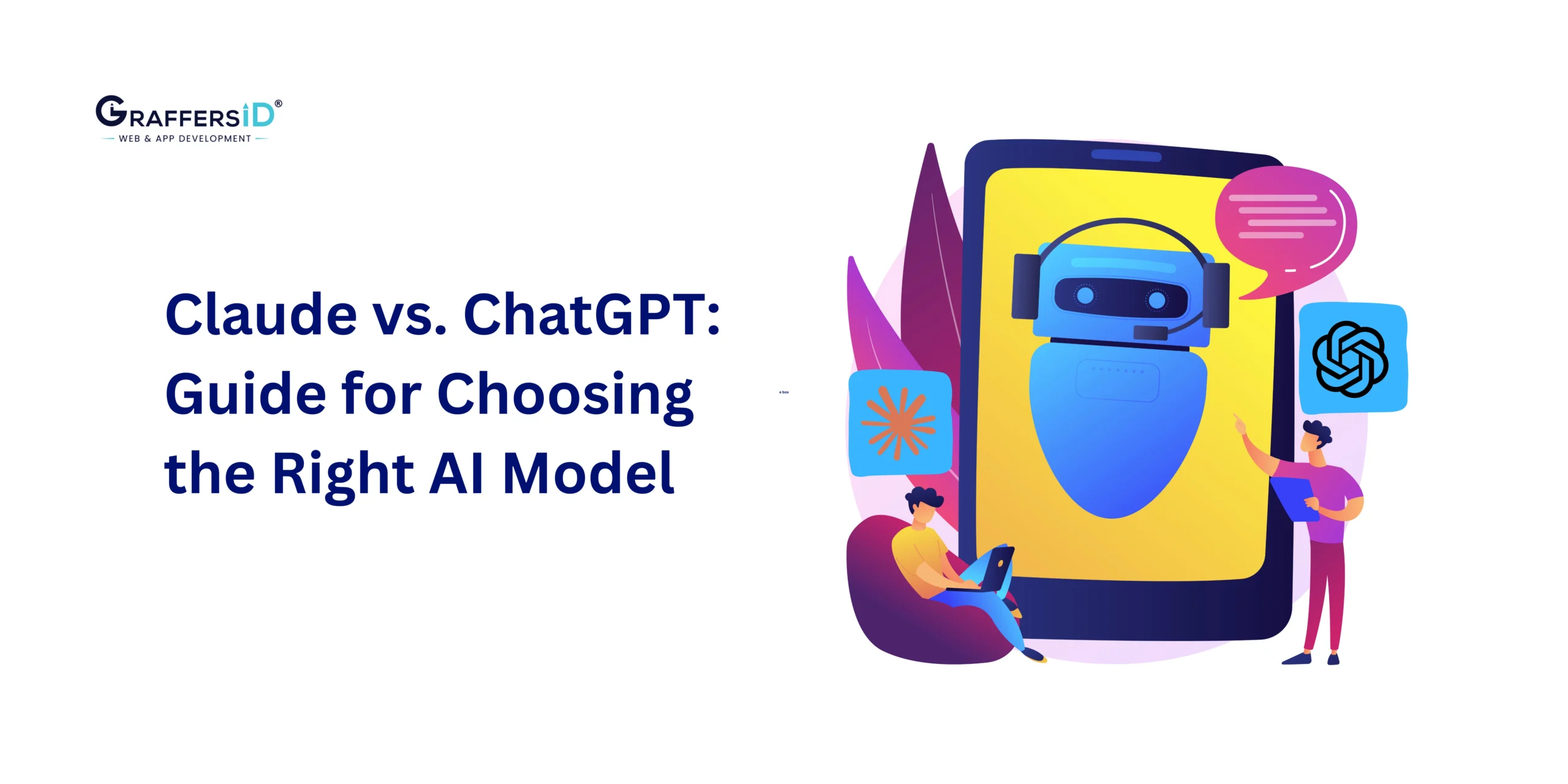We are currently witnessing a trend for a healthy lifestyle. Even when gyms are shut down and people are asked to stay at home to prevent the spread of coronavirus, we still can find endless workout photos on our Instagram feed. The popularity of yoga and meditation, gluten-free, healthy diet-everything tells us that wellness is a new luxury.
Health and fitness apps already have a high level of engagement. And, amid the Coronavirus situation, user engagement on such apps has increased by many folds. People sitting at home are looking for apps that can help them achieve their fitness goals with a home-based workout and diet plan. Over 75% of users visit health and fitness apps at least two times a week while 25% access the application more than 10 times a week.
Do you have an idea and are willing to create a fitness app or do you own a gym and thinking of building an app to remain connected with your clients during a lockdown? We have designed healthcare and fitness apps for clients and we would like to share our experience through this guide to help you create an outstanding product:
How to Create a Fitness App?
Here are steps to follow while building a fitness app:
- Choose a type of fitness app you want to build. Here are different types of fitness applications that are trending.
- Analyze the market.
- Perform a competitive analysis
- Pick the features for MVP of your app
- Make sure you are adding functionality that allows your app to stand out
- Find an enthusiastic and reliable software development company
- Get a detailed estimate of your fitness application
- Set a budget
- Make sure to take part in the planning stage of app development
- Keep checking the app’s readiness by testing its demo
- Publish the app to the app store
- Get the source code of your application
- Keep track of metrics and create a promotion strategy
- Update your app on a regular basis and add new features
Once you have decided what type of healthcare/fitness app you need, the next step is to find enthusiastic and experienced developers who can deliver your desired app without wasting time. You can still get your app development in the present scenario of being locked down by outsourcing the project to a remote development team.
Stages of App Development Process

Rough Estimation
At this stage, you need to decide the type of fitness app you want to create, features that you think should be present in your fitness app, and other details that you want to include. By providing a rough idea that you have in your mind about the application, you can also ask your team for a rough estimate of the cost and time.
Planning Stage
This is the stage during which the remote development team you have hired will create the complete set of documentation and materials including a list of requirements, basic design, and prototype of your future app. With these details ready, the offshore development team will tell you the exact cost and time that would be spent in developing a fitness app.
Development and Testing
When you outsource the fitness app development project to a remote team, make sure you hire a company that works on Agile software development methodology and the latest DevOps principles. This makes developers develop and test code at the same time.
Release and Post-Release Support
Along with product development, it is also important to support the product after its release. When you hire a remote development team in India, ask them how many days they will provide the product support.
Cost of Developing a Fitness App
Well, the cost to develop fitness depends on the complexity and flexibility of the application, time duration, cross-platform feature, and the per-hour development cost of the company you are hiring. The app development charges in India range from $8-$25 per hour.
Here is a small breakup of costs for different activities while developing an average fitness app:
- Specification and Design Prototypes (40 hours-$1000 to $2000)
- Front-end and Backend Development (400 hours-$10,000 to $20,000
- UI Designing (60 Hours- $1500 to $3000)
- Testing (80 hours- $2000 to $4000)
Hence, for an Ideal Android fitness app with average features, the basic estimate ranges from $15,000 to $30,000 for a single platform (Android or iOS). And, if you are choosing a cross-platform, the cost may reach up to $50,000.
Key Features That a Successful Fitness App Should Have
Fitness apps have become essential tools for people looking to adopt a healthier lifestyle, track their progress, and stay motivated. However, with the abundance of fitness apps available, what sets a successful one apart? Read along with the key features that a successful fitness app should have to truly make a difference in users’ lives.
-
User-Friendly Interface
The first impression of a fitness app matters, and a user-friendly interface is paramount. A successful fitness app should have an intuitive design, making it easy for users to navigate and find the information they need. Well-organized menus, clear icons, and a logical flow of features are crucial to ensure a positive user experience.
-
Personalized Workouts and Plans
One size does not fit all when it comes to fitness. A successful fitness app should offer personalized workout plans and dietary recommendations tailored to the user’s goals, fitness level, and preferences. The app should take into account factors like age, gender, fitness history, and any specific health conditions to create a customized fitness journey.
-
Goal Setting and Tracking
Setting and achieving goals is a powerful motivator for individuals on their fitness journey. An effective fitness app should allow users to set clear goals, whether it’s losing a certain amount of weight, running a particular distance, or improving strength. Furthermore, it should provide tools to track progress over time, including charts, graphs, and statistics to help users stay on course.
-
Comprehensive Exercise Database
A successful fitness app should offer an extensive database of exercises, complete with detailed instructions, images, and videos. This ensures that users have access to a wide variety of workouts, from strength training to yoga, and can perform them correctly. Users should be able to search for specific exercises, create custom workout routines, and find workouts that match their interests.
-
Real-Time Feedback and Analytics
Users need constant feedback to gauge their progress. A successful fitness app should provide real-time feedback during workouts, such as counting reps, tracking time, and offering form corrections. Additionally, it should offer detailed analytics after each session to help users understand their performance and identify areas for improvement.
-
Community and Social Features
Staying motivated can be a challenge, and social features within a fitness app can make a big difference. The app should allow users to connect with friends or a community of like-minded individuals, share their progress, and participate in challenges. This social engagement can foster accountability and provide the support needed to stay committed to fitness goals.
-
Integration with Wearable Devices
In today’s tech-savvy world, many fitness enthusiasts use wearable devices like fitness trackers and smartwatches. A successful fitness app should be compatible with these devices, enabling users to sync their data effortlessly. This integration can provide users with a holistic view of their health and fitness metrics.
-
Nutrition and Meal Tracking
Fitness and nutrition go hand in hand. A successful fitness app should include features for tracking food intake, counting calories, and offering nutrition advice. Some advanced apps even allow users to scan barcodes for nutritional information and offer meal planning guidance based on individual dietary requirements.
-
Accessibility and Cross-Platform Compatibility
To reach a broader audience, a successful fitness app should be accessible across various devices and operating systems. This includes iOS and Android platforms, as well as web versions to ensure users can access their fitness data from anywhere.
-
Regular Updates and Customer Support
The world of fitness is constantly evolving, and so should a successful fitness app. Regular updates to add new features, improve performance, and fix bugs are essential. Moreover, responsive customer support is crucial for addressing user queries and issues promptly.
By incorporating these essential features, a fitness app can truly make a positive impact on users’ health and well-being, helping them achieve their fitness goals and lead healthier lives.
How to Choose the Ideal Technology Stack for Building a Fitness App
If you’re contemplating the development of a fitness app, one of the most critical decisions you’ll make is choosing the right technology stack. In this comprehensive guide, we will explore the fundamental components of a resilient fitness app and delve deeply into the technology stack elements that you should consider.
Platform Selection
Before delving into the intricacies of the technology stack, it’s imperative to determine whether you intend to create a native app for a particular platform or opt for a cross-platform solution that functions across multiple platforms. The primary platforms of consideration are iOS and Android, so developing native applications for both could be a viable approach. Native app development ensures optimal performance and access to platform-specific features, albeit at the expense of additional time and resources. Alternatively, cross-platform frameworks such as React Native or Flutter offer the advantage of developing apps that run seamlessly on both platforms with a shared codebase, reducing development time and costs.
Backend Development
The backend of a fitness app serves as the backbone, responsible for data storage, processing, user management, and more. Here are the key components of the backend technology stack:
- Server: To manage user data, workout plans, and other critical information, you’ll need a server. Common choices for backend servers include Node.js, Ruby on Rails, and Python with frameworks such as Django or Flask.
- Database: For the storage of user profiles, fitness data, and other app-related information, you can choose from relational databases such as PostgreSQL or MySQL. Alternatively, NoSQL databases like MongoDB might be a suitable choice for their flexibility and scalability.
- APIs: The development of RESTful APIs or GraphQL endpoints for communication between the app and the server is imperative. Frameworks such as Express.js and Apollo Server are widely used for creating APIs.
- Authentication: Security is paramount in fitness apps. Implementing robust user authentication and authorization mechanisms is critical. Technologies like OAuth 2.0 or JWT (JSON Web Tokens) are commonly employed for user authentication.
Frontend Development
The front end of your fitness app is the user interface, and it should be responsive, user-friendly, and visually appealing. Here are some of the technologies and tools for frontend development:
- Framework: Select a frontend framework that aligns with your development team’s expertise. Popular options include React, Angular, and Vue.js.
- UI/UX Design: To ensure a positive user experience, investing in user-friendly design is crucial. Tools like Figma, Sketch, or Adobe XD are invaluable for designing app interfaces.
- Mobile Development: If native apps are your choice, you’ll need proficiency in Swift for iOS and Java/Kotlin for Android. Cross-platform development can be executed using React Native and Flutter.
Data Storage
Efficiently storing and managing user data and fitness-related information is a critical aspect of a fitness app. Your technology stack should encompass reliable and scalable storage solutions. In addition to databases, consider employing cloud storage services like Amazon S3 or Google Cloud Storage for media files, such as workout videos and images.
Real-time Features
For features that require real-time updates, such as live fitness classes or social interactions among users, technologies like WebSockets should be incorporated to ensure seamless communication between the app and the server.
Integrations
Fitness apps frequently integrate with wearable devices, health monitoring tools, and social media platforms. Your chosen technology stack must support various third-party APIs for effortless data synchronization and user engagement.
Testing and Quality Assurance
Robust testing is imperative to ensure the correct and reliable operation of your fitness app. Tools like Jest, Mocha, and Selenium can assist in creating automated tests and conducting comprehensive manual testing to identify and rectify issues before they reach the end users.
Hosting and Deployment
Choose a reputable hosting platform for deploying your app. Options encompass AWS, Google Cloud, Microsoft Azure, or dedicated hosting providers like Heroku. Implementing continuous integration and continuous deployment (CI/CD) pipelines streamlines the deployment process, automating build and release procedures.
How Do I Conduct Market Research For a Fitness App?
In today’s hypercompetitive fitness app market, standing out from the crowd is not just a desire; it’s a necessity for success. With a plethora of options available to fitness enthusiasts, app developers must craft unique strategies to set their products apart. So, how can you differentiate your fitness app from competitors and carve out your niche in the industry? Let’s delve into the blueprint for success.
Identify Your Unique Selling Proposition (USP):
Every successful fitness app has a defining feature or benefit that sets it apart. Whether it’s innovative workout routines, personalized coaching, gamification elements, or seamless integration with wearable devices, identifying your USP is the cornerstone of differentiation. Conduct thorough market research to understand your target audience’s pain points and preferences, and tailor your USP accordingly.
Focus on User Experience (UX) Design:
In the realm of fitness apps, user experience reigns supreme. A sleek, intuitive interface coupled with seamless navigation can significantly enhance user engagement and retention. Invest in creating visually appealing designs, easy-to-use features, and personalized recommendations to keep users coming back for more. Remember, a positive UX can turn casual users into loyal advocates for your app.
Offer Personalization and Customization:
One size does not fit all in the world of fitness. Offering personalized workout plans, nutrition advice, and progress tracking based on individual goals, fitness levels, and preferences can set your app apart. Incorporate algorithms and AI-driven insights to deliver tailored recommendations, motivating users to achieve their fitness aspirations effectively.
Integrate Social and Community Features:
Humans are inherently social beings, and leveraging social and community features can enhance user engagement and accountability. Incorporate features such as group challenges, leaderboards, in-app communities, and social sharing functionalities to foster a sense of camaraderie among users. Encourage interaction, support, and healthy competition to keep users motivated on their fitness journey.
Embrace Innovation and Technology:
Stay ahead of the curve by embracing emerging technologies and trends in the fitness industry. Whether it’s incorporating virtual reality workouts, augmented reality experiences, or leveraging data analytics for actionable insights, innovation can be a powerful differentiator. Keep a pulse on technological advancements and be prepared to adapt and evolve your app accordingly.
Prioritize Education and Support:
Empower your users with knowledge and guidance beyond just workout routines and meal plans. Offer educational resources, expert advice, and access to certified trainers or nutritionists within the app. Providing comprehensive support and guidance can establish trust and credibility, fostering long-term user loyalty and advocacy.
Focus on Continuous Improvement:
The fitness landscape is dynamic, with evolving trends and user preferences. Embrace a culture of continuous improvement by soliciting feedback, analyzing user data, and iterating on your app’s features and functionalities. Stay agile and responsive to user needs, ensuring that your app remains relevant and competitive in the ever-changing market.
Parting Ways
The demand for fitness apps is rising in the present situation of working from home and lockdown. People are looking for applications through which they can learn to work out at home. Now, you have the golden opportunity of having a slice of the cake.
Deciding on the right fitness application and picking features for it is intimidating. Feel free to get in touch with us to discuss your requirements in detail.





